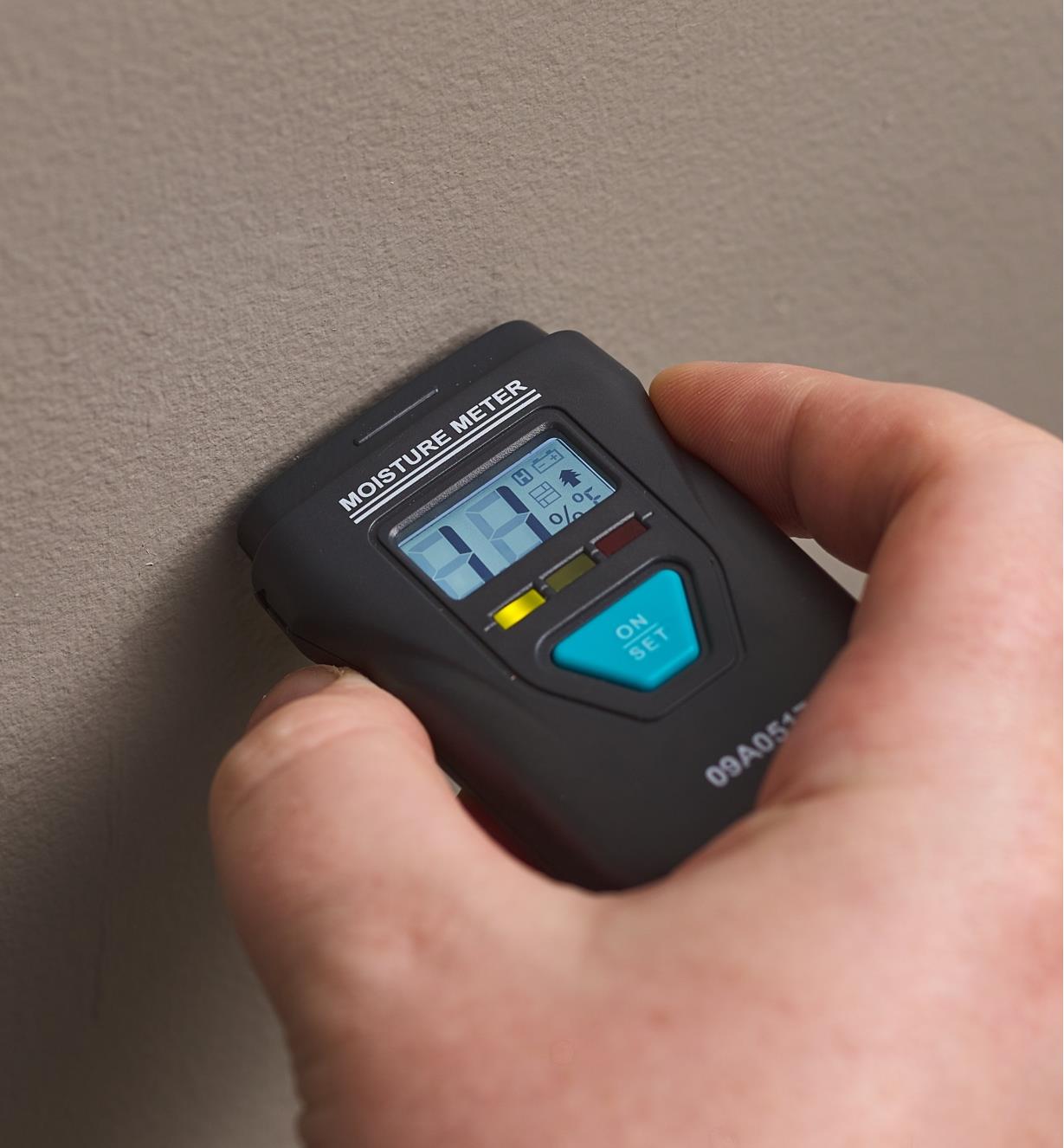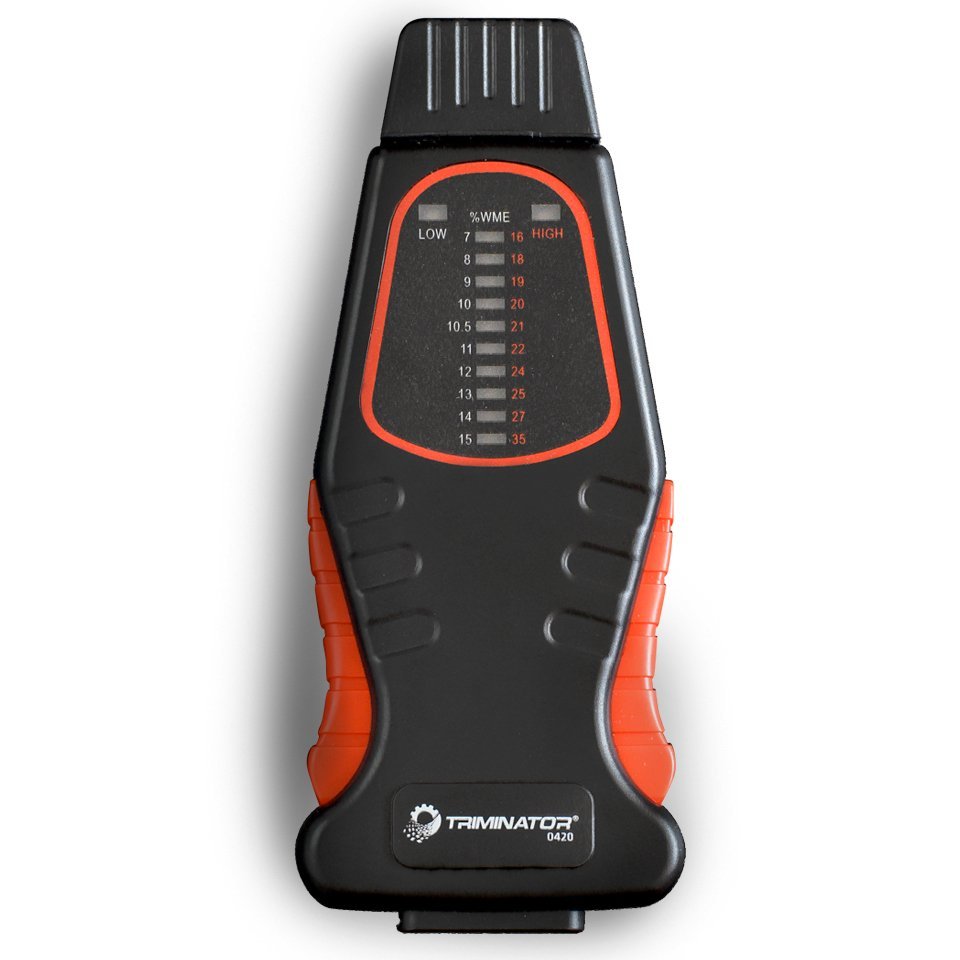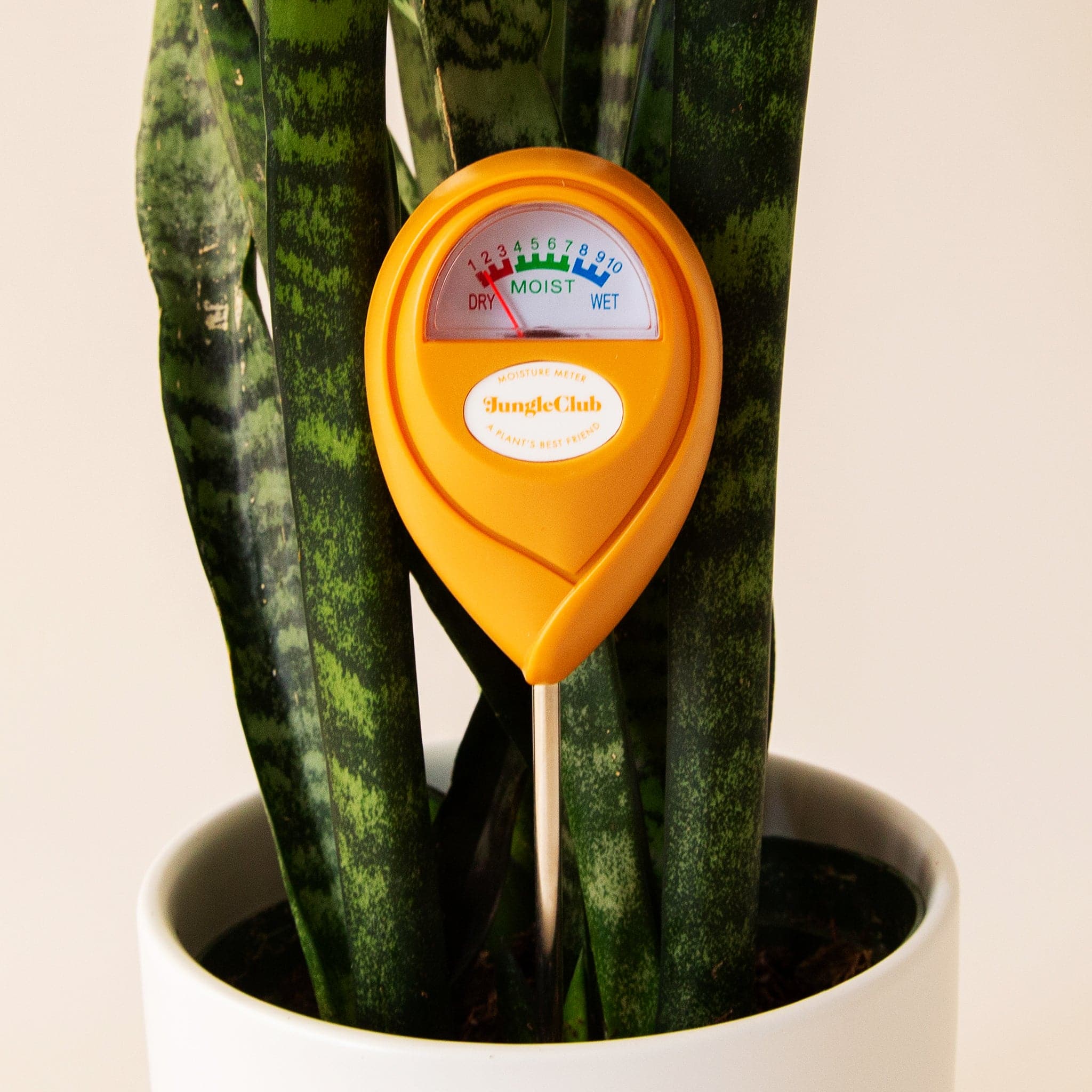The Ultimate Overview to Moisture Meters: A Comprehensive Review and Exactly How They Can Save You Cash
In the world of building maintenance, building, and different industries, the significance of properly measuring dampness levels can not be overemphasized. Wetness meters act as vital devices in finding and keeping track of moisture content in materials, helping in stopping expensive problems and making sure the top quality of items. Comprehending the subtleties of various sorts of moisture meters, their applications, and the potential cost-saving benefits they supply can be a game-changer for services and specialists alike. Discovering exactly how these devices can not just improve processes however also contribute to economic savings is a journey worth starting.
Sorts Of Moisture Meters
One common kind is the pin-type dampness meter, which determines the electrical resistance in between 2 pins placed right into a product. Pinless dampness meters, on the various other hand, use electro-magnetic sensing unit plates to check a larger location without triggering damage to the material's surface.
In addition, there are also specialty moisture meters developed for specific materials like hay, grain, or soil. These meters supply exact dampness readings customized to the one-of-a-kind residential or commercial properties of the material being evaluated. Infrared moisture meters gauge the thermal homes of a material to identify its wetness web content non-invasively, making them useful for applications where pin or pinless meters might not be appropriate. Comprehending the different kinds of wetness meters offered can aid industries choose the most suitable tool for their certain wetness measurement requirements.

Benefits of Utilizing Moisture Meters

Moreover, using dampness meters can lead to enhanced power effectiveness. In agricultural setups, wetness meters play an essential function in optimizing plant yields by enabling farmers to keep track of soil dampness degrees and make informed watering choices.
How to Pick the Right Moisture Meter
Picking the ideal moisture meter entails thinking about vital variables such as material compatibility, dimension variety, and calibration precision. When choosing a dampness meter, it's important to guarantee that the meter appropriates for the specific product you will be testing. Different products have varying electrical homes that can affect wetness readings, so choosing a meter created for your product is crucial for exact results. Additionally, think about the dimension variety of the dampness meter. Make sure that the meter can discover dampness levels within the array required for your applications. Calibration precision is one more important aspect to remember (Moisture Meter). Select a moisture meter with trusted calibration to make certain constant and exact readings. Some meters may need routine calibration modifications, so recognizing the calibration process is very important. By very carefully reviewing these aspects, you can select a moisture meter that fulfills your needs and offers accurate dampness dimensions for your jobs.
Proper Methods for Moisture Meter Use
To ensure exact moisture analyses and optimize the performance of a moisture meter, using appropriate strategies is important. When utilizing a pin-type dampness meter, insert the pins or probes into the material being tested till they make complete call. By following these appropriate strategies, users can rely on their dampness meter to give index reliable dampness degrees, aiding in avoiding pricey damage or ensuring top quality in different applications.

Price Cost Savings With Moisture Meter Applications
Exactly how can the calculated usage of moisture meters bring about substantial price savings across various industries? Moisture meters play an important role in cost financial savings by preventing potential damage and making sure quality control in different markets. In the agriculture sector, dampness meters help in identifying the optimal time for gathering plants, preventing over-drying or excess dampness that can influence the final product's high quality. This exact tracking helps farmers prevent unnecessary losses and maximize their yield.

In addition, in the food handling market, moisture meters are necessary for monitoring product high quality and making certain compliance with security regulations. By properly gauging dampness content in food, producers can stop wasting, maintain quality, and decrease waste, causing substantial cost savings. Generally, the tactical Continue application of moisture meters is an important financial investment that can bring about significant price reductions and enhanced performance across numerous sectors.
Conclusion
In verdict, wetness meters are useful tools for gauging get more and detecting wetness levels in numerous materials. By making use of the ideal wetness meter and adhering to appropriate techniques, individuals can successfully stop costly damages brought on by excess wetness. Investing in a quality dampness meter can lead to substantial expense financial savings in the long run by recognizing possible issues beforehand and allowing prompt remediation. Ultimately, wetness meters are crucial tools for keeping the honesty and durability of products and frameworks.
Moisture meters serve as vital devices in identifying and checking moisture content in materials, assisting in avoiding expensive damages and making certain the quality of items. Infrared wetness meters gauge the thermal homes of a product to identify its moisture content non-invasively, making them helpful for applications where pin or pinless meters might not be appropriate.Dampness meters offer indispensable benefits in precisely keeping an eye on and analyzing dampness degrees in varied products and atmospheres. In agricultural setups, dampness meters play an important function in maximizing plant yields by allowing farmers to keep track of dirt wetness degrees and make informed watering choices.In verdict, wetness meters are important devices for measuring and identifying dampness levels in various materials.